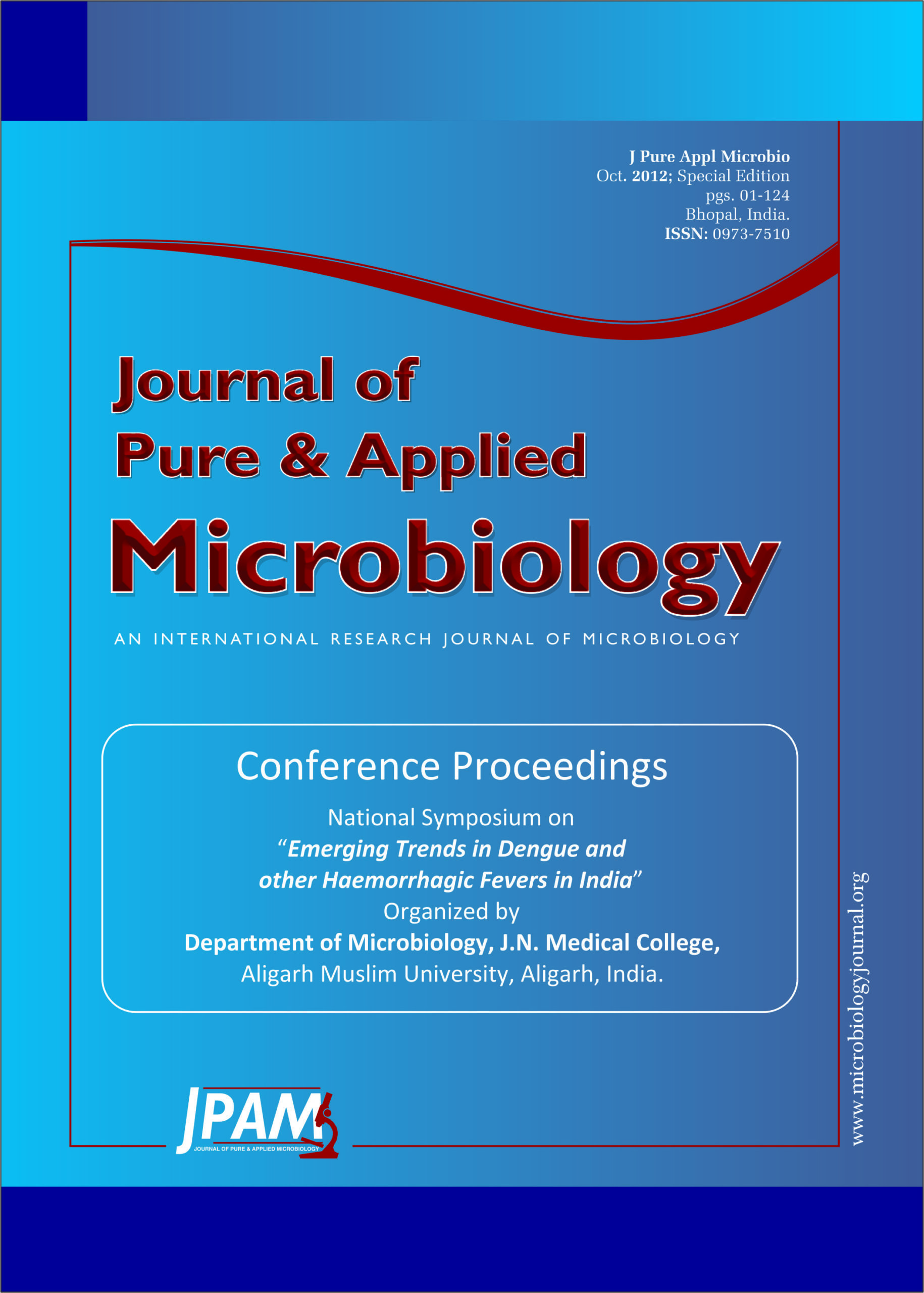Pregnant women form a high risk group for malaria infection which may cause abortions, still births and premature labour. The study was conducted in Department of Microbiology, J.N. Medical College and Hospital, AMU, Aligarh, over a period of 5 years to determine the prevalence and parasitaemia in malarial infection. The study group included pregnant and non-pregnant females with signs and symptoms suggestive of malaria. The diagnosis of malaria was done by examining the peripheral blood smear and degree of parasitaemia was determined using standard protocols. Confirmation of the diagnosis was done by quantative buffy coat(Q.B.C.) assay and the detection of malarial antigen.Total number of females diagnosed to be suffering from malarial infection during last 5 years were 150. Out of these 56 (37.3%) were pregnant. 13 were positive by blood smear examination, 135 and 02 were positive by Q.B.C. and R.D.T. respectively. All 13 (23.2%) patients positive by blood smear examination were antenatal cases and in third trimester of pregnancy, had parasitaemia in range of +3 to +4. Other 43 (76.8%) pregnant females were diagnosed by Q.B.C. also had parasitaemia in the range of +2 to +4 in comparison to non pregnant females suffering from Plasmodium infection who had parasitaemia in the range of +1 to +2 in 76% of cases. High level of parasitaemia was found to be associated with serious complications.
Degree, Malarial parasitaemia, Pregnancy
© The Author(s) 2012. Open Access. This article is distributed under the terms of the Creative Commons Attribution 4.0 International License which permits unrestricted use, sharing, distribution, and reproduction in any medium, provided you give appropriate credit to the original author(s) and the source, provide a link to the Creative Commons license, and indicate if changes were made.


